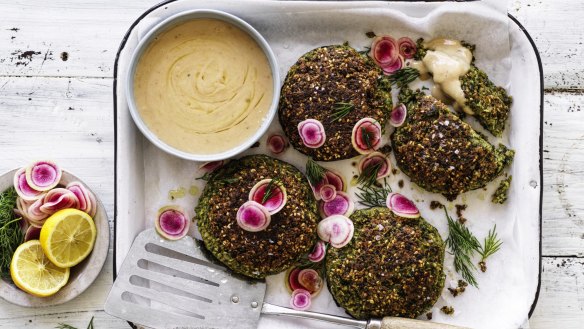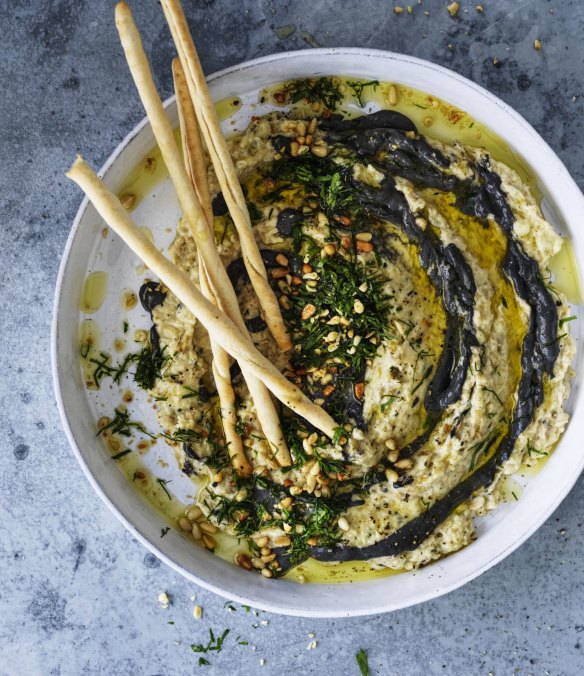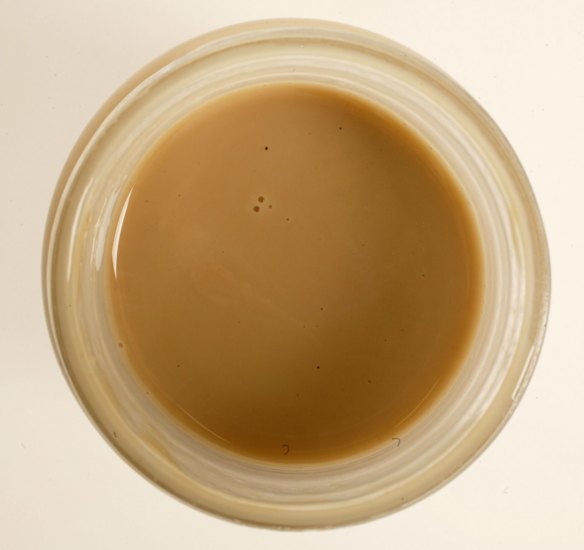Tahini: Everything you need to know

What is it?
A thick creamy paste made from roasted ground sesame seeds. Tahini ranges from light to dark, and from silky smooth to slightly coarse-textured. During grinding the fibre, protein and starch from the seed is blended with its own oil. To help liberate that oil, the seeds are gently roasted.

The longer the roast, the deeper and more toasty the flavour and the darker the colour. Tahini made from unhulled seeds has a slightly more bitter taste. Black tahini is made from unhulled sesame that has undergone a dark roast.
The Japanese use a similar but darker sesame paste called neri goma in sauces, dressings and desserts, while Chinese cuisine uses caramel-coloured zhi ma jiang as a dipping sauce for hot pots, cold noodle dishes and desserts.
Why do we love it?

Sweet-smelling, rich on the palate and slightly bitter, tahini is neither solid nor liquid. It adds body and aroma to everything it is added to, drizzled over falafel, in a marinade for grilled chicken or in a tray of freshly baked biscuits.
Its magic smooth texture marries the flavour of a crisp cucumber to the soft, freshly baked bread in a Tel Aviv-style pita. It wraps itself around the earthiness of chickpeas and, with the help of garlic, salt and lemon, becomes the delicious phenomenon that is hummus.
A good source of fibre, B group vitamins and minerals, tahini's slightly bitter taste comes from naturally occurring antioxidants.

Who uses it?
One of the most influential chefs of the past decade is Israeli-born British chef and author Yotam Ottolenghi. "Tahini is something that runs in the veins of the people in the Middle East," he says.
He mixes tahini with lemon to drizzle over chilli fish, makes a hot tahini and yoghurt sauce for a cauliflower and chickpea salad and stirs tahini through the pulp of roasted eggplant with pomegranate molasses and garlic to make a dip.
Israeli-born Rotem Papo, head chef at Golda in Melbourne's Prahran, drizzles tahini over double-fried cauliflower and for dessert blends black tahini with orange in malabi, a milk pudding finished with Persian fairy floss and whey caramel.
How do you use it?
One of the antioxidants in tahini is sesamol, which helps stop the oil in tahini from going rancid. Because of this, tahini will keep for a long time in a cool, dark place, and even longer in the fridge, although it will become stiff and harder to use.
If a layer of oil forms on top of your tahini, stir it in before using. Tahini can be used as it is, but when mixed with acidic ingredients such as fresh lemon juice or yoghurt and used as a dressing, its flavour and aroma are heightened.
The addition of salt suppresses the tongue's ability to detect bitterness and makes tahini taste sweeter. Look for tahini that lists just one ingredient on the label: sesame.
Where do you get it?
Supermarkets carry reputable locally made brands such as Gaganis (hulled) and Mayver's (unhulled).
In Middle Eastern stores, look for the light and smooth Al Kanater brand from Lebanon.
The Source Bulk Foods stocks a fresh, nutty-tasting organic tahini ground locally. If you need very dark and heady black tahini, head to essentialingredient.com.au.
After more than 10 years of answering readers' vexing culinary questions, Richard Cornish has turned his focus to ingredients. Send ingredient suggestions to brainfood@richardcornish.com.au or @foodcornish via Twitter and Instagram.
Appears in these collections
More:
From our partners
Original URL: https://www.brisbanetimes.com.au/goodfood/tahini-everything-you-need-to-know-20210622-h1wns9.html
